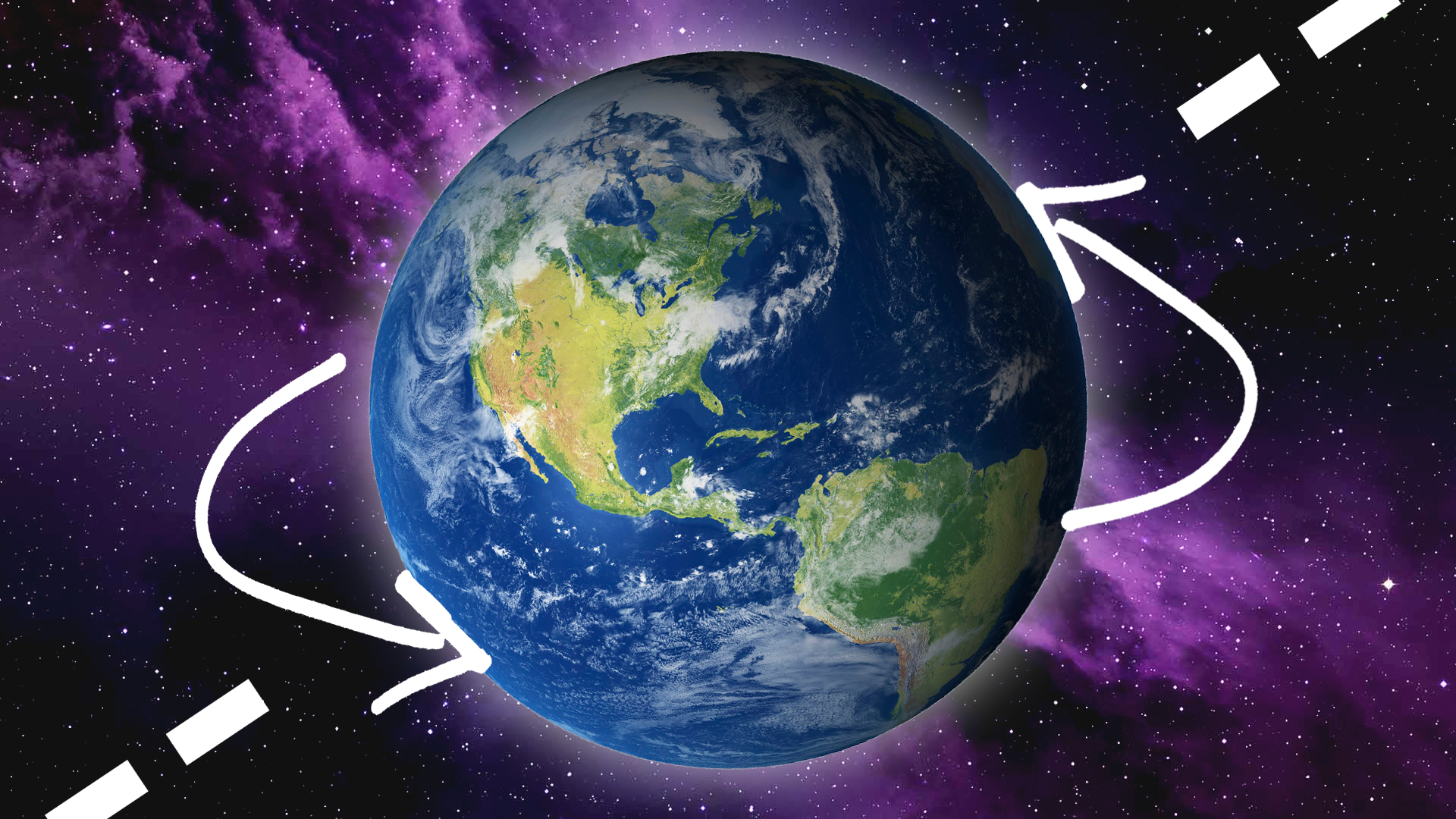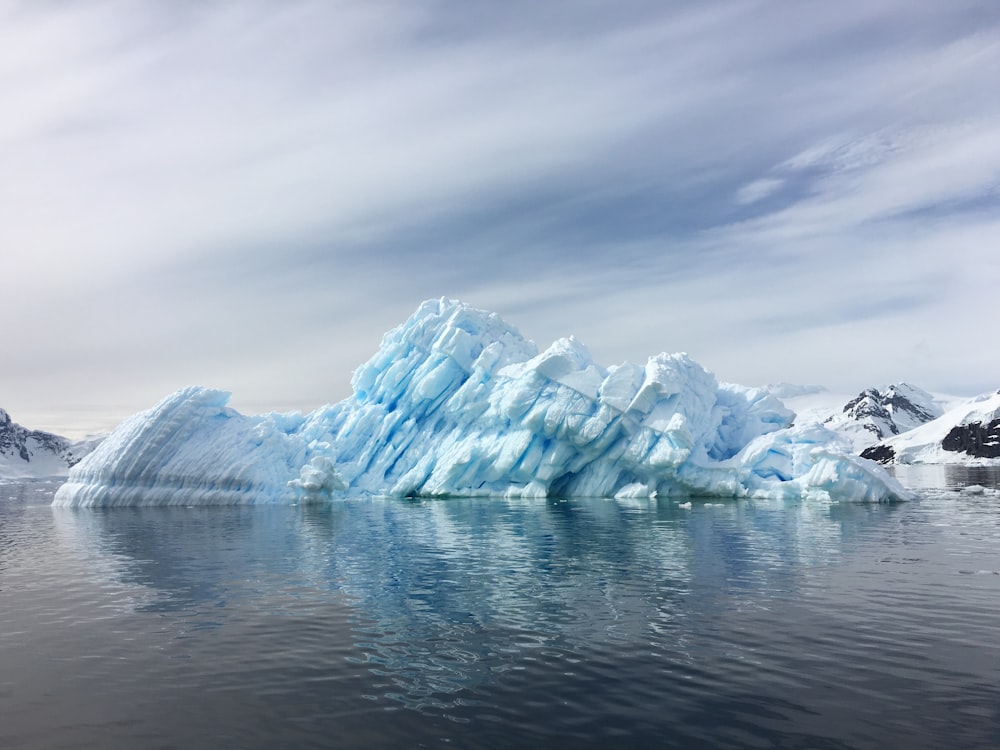The constant melting of glaciers as a result of global warming has reportedly caused marked shifts in the Earth’s axis of rotation. Research suggests the length of our days may have even changed by milliseconds since the 90s.
It feels like the events of the last few years have turned the world upside down, metaphorically speaking.
In reality, it appears we quite literally shifted the axis of Earth’s rotation decades ago thanks to our ceaseless emissions.
Specifically, data from a study published by the American Geophysical Union points to the melting of polar ice caps and the redistribution of ground water as two key factors in an axis shift that may have altered our days by milliseconds.
When we refer to an ‘axis,’ we’re describing an imaginary line that planets orbit around. I just dug out my old Key Stage 3 exercise books to double check.
In the case of the Earth, our rotational axis would run as a straight line through the North and South Pole – both of which have now been discovered to be physically drifting due to the climate crisis we’ve created.
While past research suggested only natural factors like ocean currents and the convection of hot rock in deep Earth contributed to drifting poles, this new study highlights the loss of glaciers (by billions of tons annually) due to our growing carbon footprint as a major culprit too.
In fact, lead researcher Shanshan Deng describes the climate impact of humans as ‘the main driver of rapid polar drifts since the 1990s,’ and central to this most recent drift in ‘a new eastward direction.’ For context, the last three decades has seen the gap between poles widen by four meters.






















